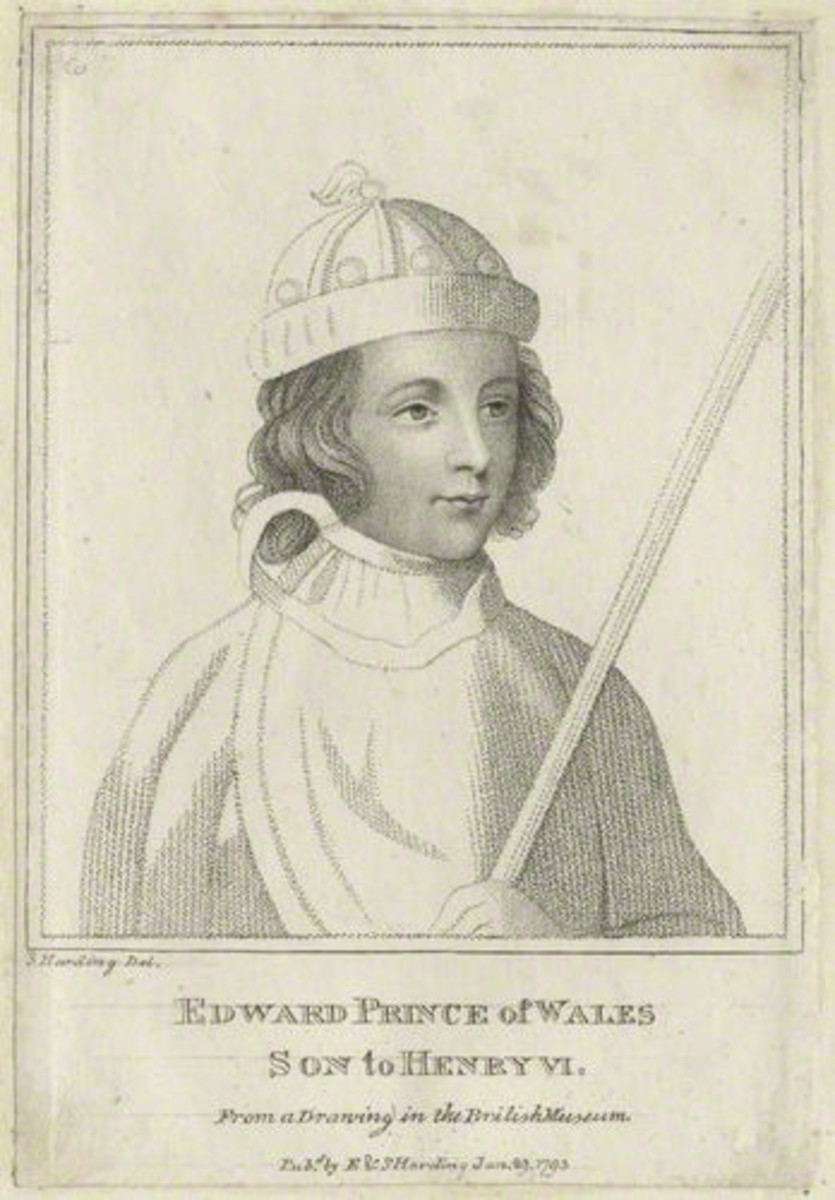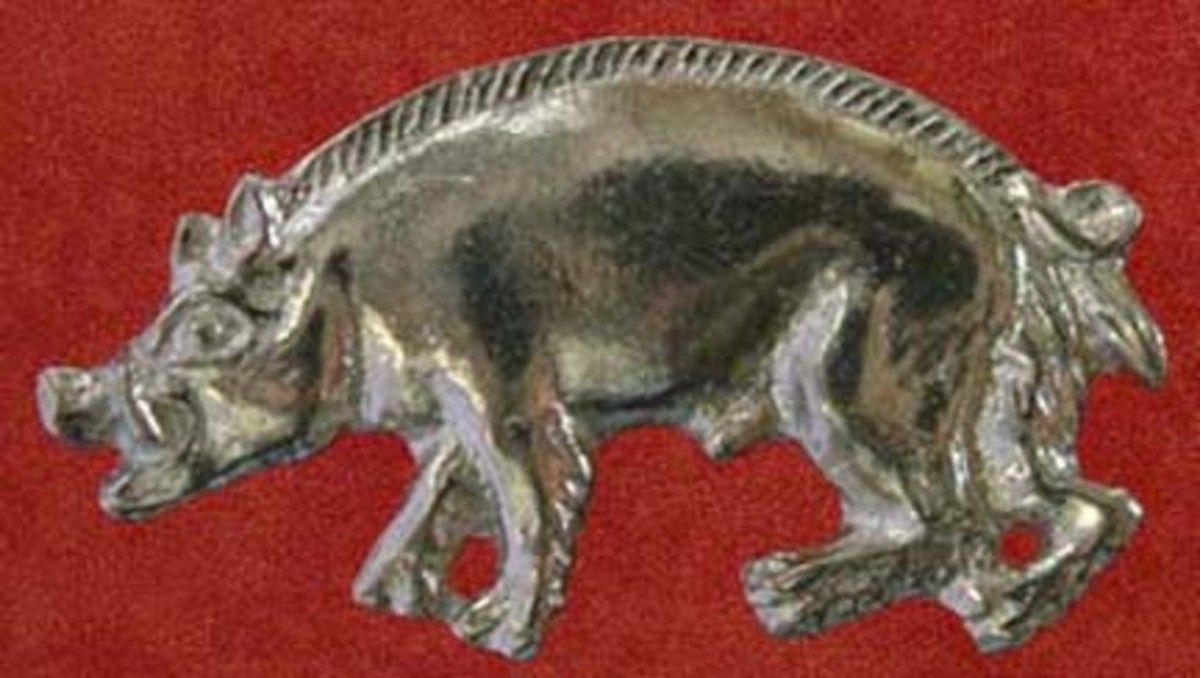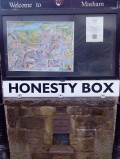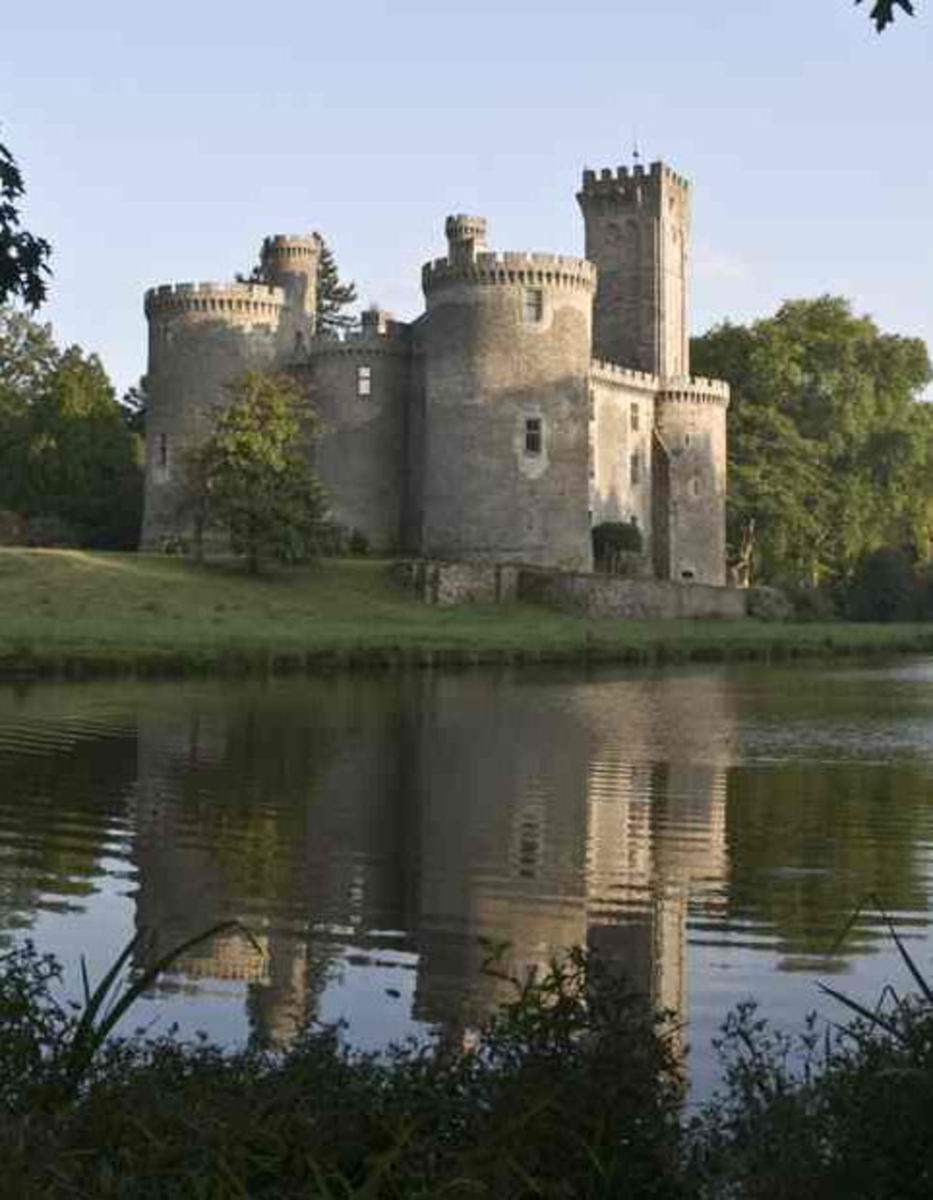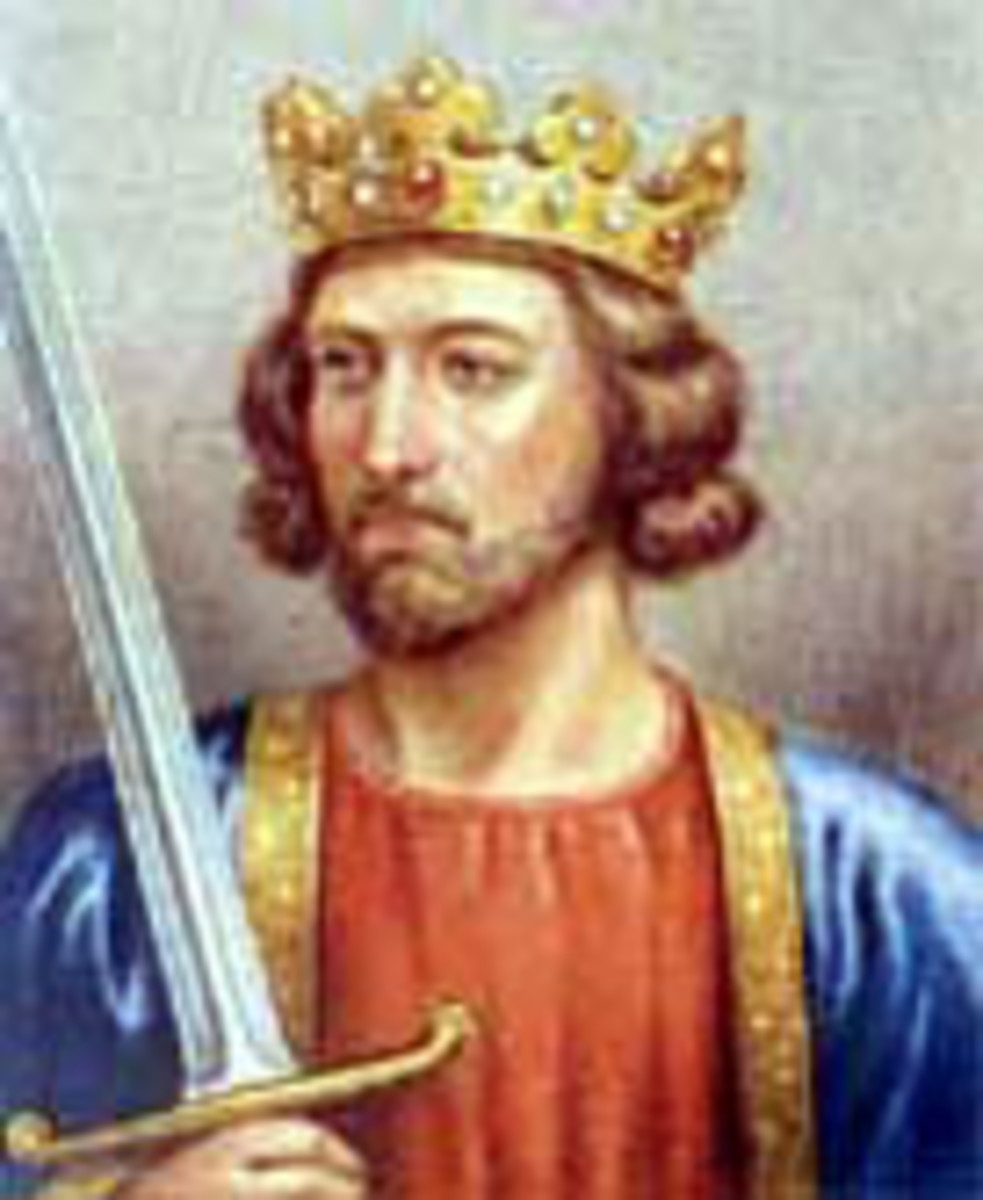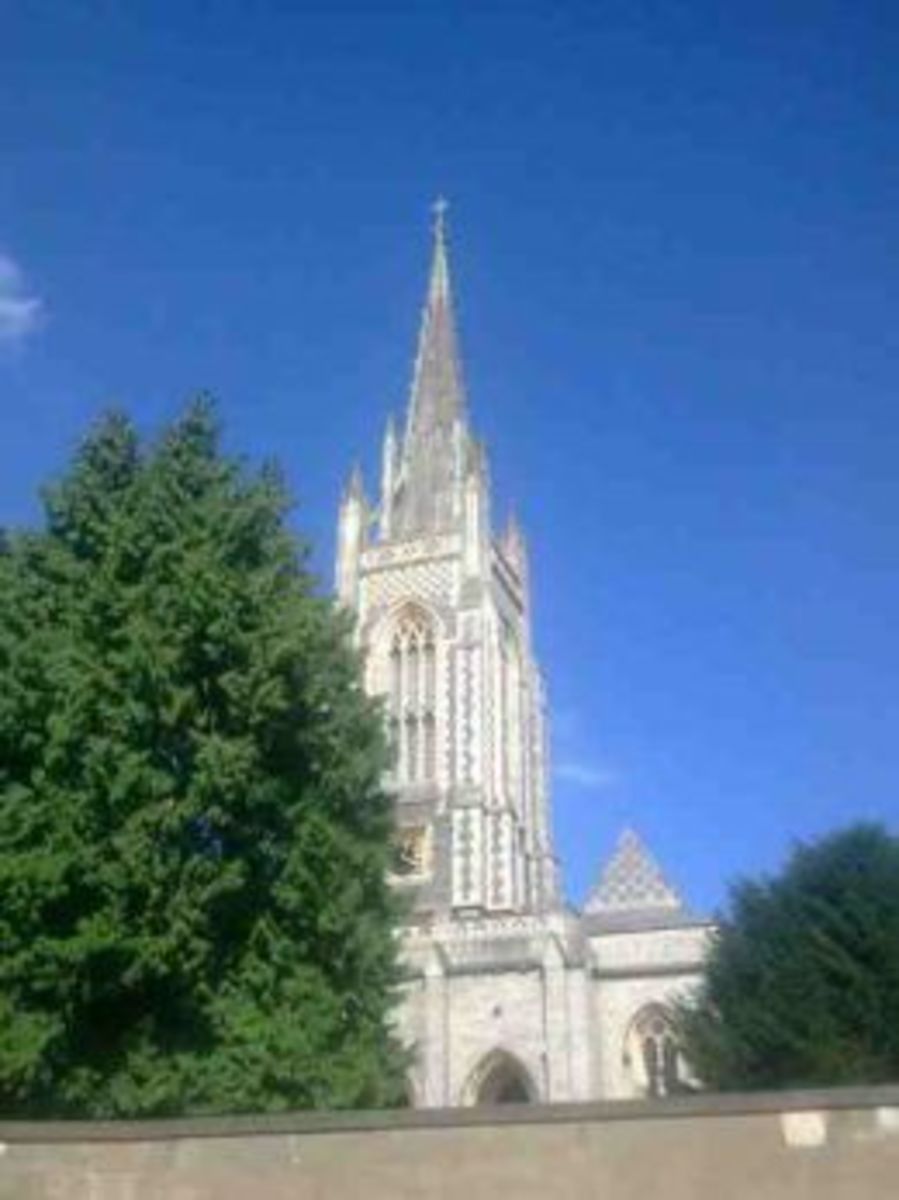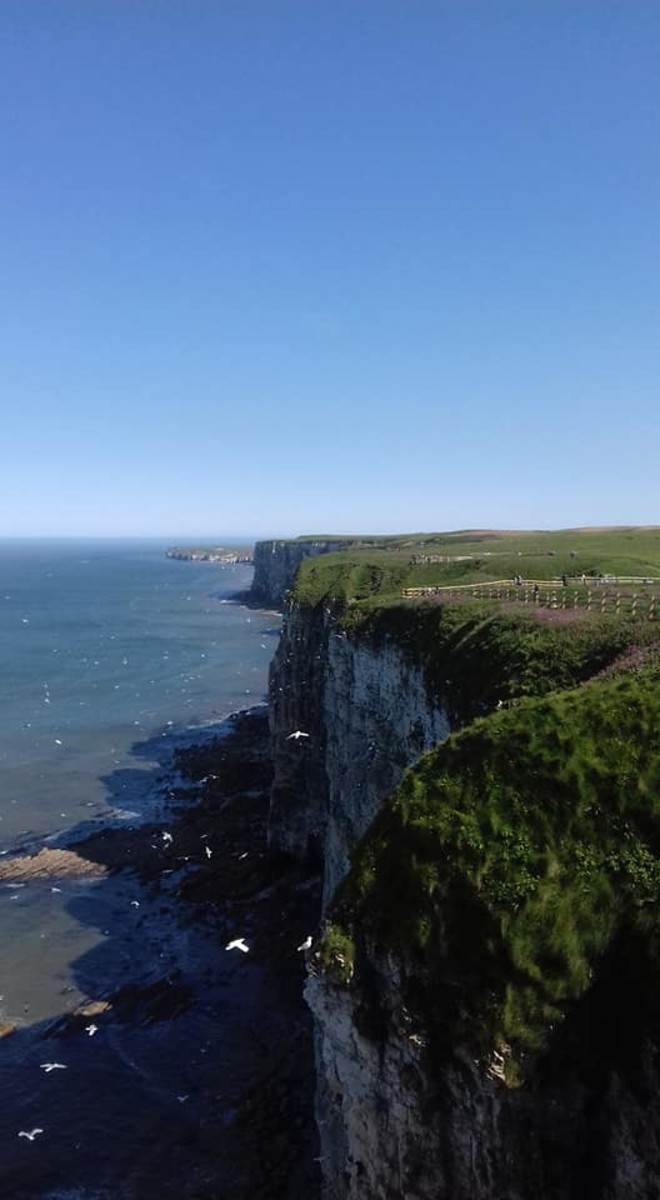- HubPages»
- Travel and Places»
- Visiting Europe»
- United Kingdom
More Norman Castles Of Yorkshire
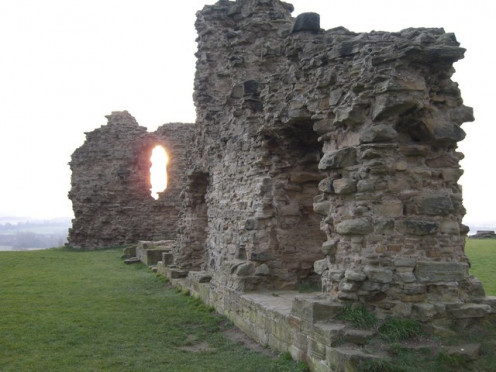
Sandal Castle
In 1107 William de Warenne, 2nd Earl of Surrey, was granted estates at Sandal, and built the first Sandal Castle from timber. However he supported Robert Curthose's unsuccessful claim on the English throne in opposition to King Henry I, and was banished from the Kingdom for two years.
William de Warenne, 3rd Earl of Surrey spent little time at the castle, due to his fighting in the Second Crusade. His daughter, Isabel de Warenne married William of Blois who became the 4th Earl, and later Hamelin Plantagenet, who built Conisbrough Castle and began to fortify Sandal Castle with stone.
William de Warenne, 5th Earl of Surrey was supportive of King John, snd was one of the four nobles who signed the Magna Carta for the King. After William's death in 1240 his widow, Maud Marshall, held the estate until their son John de Warenne, 6th Earl of Surrey came of age.
In 1296, John was appointed Warden for Scotland, and in 1299 defeated the Scots at Falkirk. His son William had died in a tournament in Croydon in 1286, the year that William's son John, 7th Earl of Surrey was born. John died in 1347, probably from the Black Death, and his sons John and Thomas had become Knights Hospitaller in the Holy Land, predeceasing their mother, and so the estate passed to the Crown.
In 1347 Edward granted Sandal Castle to his six year old fifth son, Edmund of Langley, whose brotherJohn of Gaunt already owned the Yorkshire castles of Pontefract and Knaresborough. Edmund was appointed Duke of York in 1385 for his support of his nephew King Richard II. Edward was succeeded by his sin Edward, 2nd Duke of York who died at Agincourt in 1415 and was himself succeeded by his son Richard, 3rd Duke of York.
In early 1460, Richard made a bid for the throne. Despite being ill received initially, an Act of Accord in October of that year recognised him as heir to the throne, and he was appointed Protector of the Realm. In December the same year, he marched on Sandal with an army of between 3,000 and 8,000 men, but was defeated my Margaret of Anjou at the Battle of Wakefield. Richard and his son Edmund, Earl of Rutland were killed in the battle, however owing to Richard's claim on the throne, his son Edward became King in March 1461.
As with many of the Yorkshire castles, Richard III invested in repairs, but died at Bosworth before he could see the work carried out.
- Sandal Castle
The castle is famous for the Battle of Wakefield fought nearby in 1460
Skipsea Castle
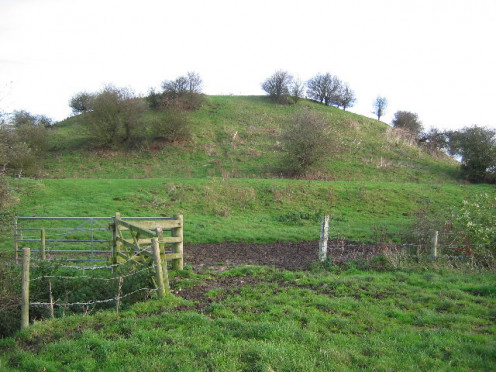
Drogo de la Bouerer and the Lady In White
So the legend goes, that Drogo murdered his wife with a poisonous draught, which we told her was a love potion. He then took a swift horse and rode to the King's Court to borrow considerable moneys from King William. He then boarded a ship and sailed to the continent before word of his murderous misdeeds could reach the King.
The Lady In White, the ghost of Drogo's murdered wife, is said to haunt the castle site to this day.
A castle is recorded on the site in the Domesday Book of 1086, built and owned by Drogo de la Bouerer. He is known to have fled to France after his wife died, with legend telling that he murdered her.
By 1215 the castle was owned by William de Forz, 3rd Earl of Albemarle. Albemarle was one of the twenty-five executors of the Magna Carta, although he bore no ill will to King John. Despite being made Constable of Scarborough Castle, Albemarle fought for the King in the struggles between the Barons and the Crown. After several years of switching sides to suit his circumstances, Albemarle was excommunicated in 1221, and Skipsea Castle was destroyed.
The castle was returned to Albemarle in 1227, although without its defences, passing to Albemarle's son William, 4th Earl of Albemarle upon his death in 1241, and to the 4th Earl's widow, Isabella de Forz in 1260, althuogh she lived mainly at Carisbrooke Castle on the iIsle of Wight.
Isabella died in 1297 having outlived all of her children, and Skipsea Castle passed to the Crown.
- History and Research: Skipsea Castle | English Heritage
A brief history of Skipsea Castle
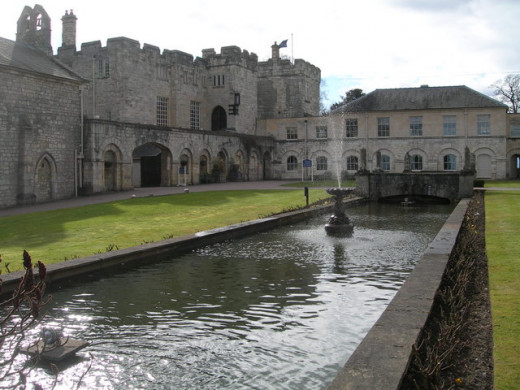
1628 Baronetcy of Haselwood
- Thomas Vavasour (1628-1635)
- Walter Vavasour (1635-1667)
- Walter Vavasour (1667-1713)
- Walter Vavasour (1713-1740)
- Walter Vavasour (1740-1766)
- Walter Vavasour (1766-1802)
- Thomas Vavasour (1802-1826)
1828 Baronetcy of Hazlewood
- Hon. Sir Edward Marmaduke Joseph Stourton (1828-1847)
- Sir Edward Marmaduke Joseph Vavasour (1847-1885)
- Sir William Edward Joseph Vavasour (1885-1915)
- Sir Leonard Pius Vavasour (1915-1961)
- Sir Geoffrey William Vavasour (1961-1997)
- Sir Eric Michel Joseph Vavasour (1997- )
Hazlewood Castle
In the Domesday Book, Hazlewood is recorded as being owned and occupied by Sir Mauger the Vavasour - a vavasour being a form of sub-tenant. The Vavasour family are known to have lived at Hazlewood from 1086 to 1908
In 1217 Robert Vavasour was Sheriff of York, and his statue stands over the doors of York Minster, owing to the fact that stone from his quarry near Tadcaster was used to maintain the building.
During the Second Baron's War (1264-1267) the house was burned to the ground by a rival branch of the Vavasour family. Sir William Vavasour rebuilt the house in 1283 and in 1290 the building was fortified and crenellated.
Sir William Vavasour was Justice of the Peace for West Riding from 1542 and for East Riding from 1561. He was High Sheriff of Yorkshire for 1548-49 and 1563-64, and was also a member of the Council of the North from 1553 until his death.
His son John hosted Mary, Queen of Scots on January 27th 1569 while she was travelling from Bolton Castle to Tutbury Castle. John was convicted of being a Catholic recusant in 1610, with his nephew and heir, William, being jailed at Newgate Prison for the same crime.
William's son Thomas was forced to pay an annual fine for the crime, despite having made a Baronet in 1628.
Walter Vavasour, 2nd Baronet Vavasour of Haselwood was a Royalist during the English Civil War, and was forced to flee to France, returning to Yorkshire after the restoration of the monarchy in 1660.
After the death of Thomas, 7th Baronet in 1826, the baronetsy was extinguished and the estate passed to a relative by the name of Edward Stourton.
In 1828, Stourton took the name Vavasour and became 1st Baronet Vavasour of Hazlewood. The family sold Hazlewood in 1908 to buy a vineayard in New Zealand.
Hazelwood Castle is now a hotel and wedding centre.
- Yorkshire Hotels, Luxury Hotels Yorkshire, Hotels in Yorkshire, Hotel York, Luxury castle hotels, Ca
Hazlewood Castle, Luxury Castle Wedding Venue, West Yorkshire, near Leeds & York
Cawood Castle
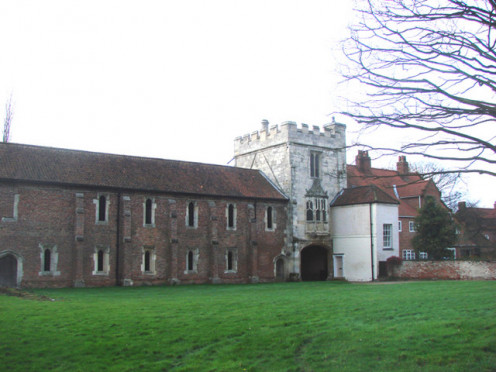
What was eaten at The Great Feast of Cawood
Wheate 300 Quarters; In Ale 300 Tunne; Wine 100 Tunne; Ipocrasse one Pype; oxen 104; wilde bulles 6; Muttons 1000; veales 304; porkes 304; swannes 400; geese 2000; capons 1000; Pygges 2000; Plover 400; Quayles 150 dozen; foules called Rees 200 dozen; peacocks 104; mallards and teales 4000; cranes 4000; kyddes 204; chyckyns 2000; pigeons 4000; conyes 4000; byttors 204; herenshawes 400; fessantes 200; partridges 500; woodcocks 400; curlews 100; egrittes 1000; stages, buckes, and Roes 500 and mo.; Pasties of venison colde 4000; parted dyshes of gelly 1000; playne dishes of gelly 3000; colde tartes baked 4000; colde custards baked 3000; Hot Pastries of Venison 1500; Hot custards 2000; Pykes and Breames 608; porposes and seales 12; spices, sugared Delicates and Wafers plenty.
2,000 cooks prepared what was undoubtedly one of the most magnificent feasts the area had known. A banquet fit for a king, such was the intention of Richard Neville, and indeed the feast was attended by the future King Richard III.
Having likely been first built by King Athelstan in the early 10th century, Cawood is first mentioned as being a castle in 1181, before being converted to a quadrangular castle between 1374 and 1388.
Over the centuries it has been visited by various kings, including King John, who stayed at Cawood during a hunting trip at nearby Bishop's Wood in the 13th century.
The gatehouse was built by John Kemp, Archbishop of York using stone from Huddlestone Quarry near Tadcaster - the same stone used for York Minster.
When George Neville became Archbishop of York in 1465, The Great Feast of Cawood was held in his honour by his brother Richard, Earl of Warwick. The feast lasted several days, with The Kingmaker adamant that his brother's feast should rival the coronation feast of Edward IV, and was attended by the King's brother Richard, Duke of Gloucester (latterly king Richard III).
Cardinal Wolsey visited Cawood upon becoming Archbishop of York in 1530, however before he could be installed he was arrested for high treason for failing to procure an annulment from the Pope for King Henry VIII. While travelling to London under order from Henry Percy, 6th Earl of Northumberland, he fell ill aat Leicester and died on November 29th.
At the start of the English Civil War the castle was held by the Royalists, but captured by the Parliamentarians in 1642. It was briefly recaptured by the Royalists in 1644, before again being taken by the Parliamentarians and used as a POW camp.
After the war, the castle was abandoned and destroyed, leaving only the gatehouse and banqueting hall.
Which of these castles' history do you find the most interesting?
- Historical Cawood Castle
This gatehouse and domestic wing is all that remains of Cawood Castle, once the stronghold of the Archbishops of York. Built in the fifteenth century, visitors to the richly decorated gatehouse included Henry VIII and Queen Catherine (Howard).
© 2014 Rebecca Hillary

